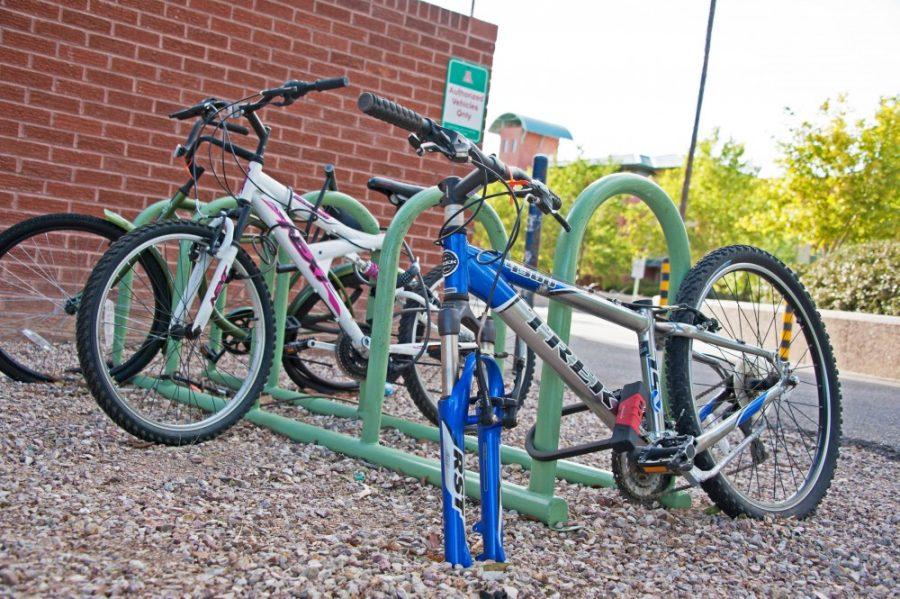The gun violence debate was driven home Oct. 9 for Arizona natives. At 1:20 a.m. outside Mountain View Hall on Northern Arizona University campus, Steven Jones, an 18-year-old freshman, shot four of his classmates, severely injuring three and killing the fourth.
At the time of the shooting, U.S. media was already abuzz with debates about gun violence in the aftermath of the Umpqua Community College shooting. Just a week before the NAU tragedy, a gunman murdered eight students and a professor on the Oregon campus.
Sadly, the sequence of these two shootings occurring so closely to one another was no surprise. In a country where nearly 300 public shootings have occurred just this year—that’s more than one every day involving four or more people—it seemed like only a matter of time until tragedy would knock on Arizona’s door.
The UA and other Arizona colleges quickly and rightfully showed their solidarity with the shooting victims and the saddened NAU student body in light of the news. Amid the empathy, however, conversations began to arise about the details of the shooting itself.
Most notably, critics on social media and later on larger media outlets questioned the tragedy’s status as a school shooting, pointing out features of the event that don’t align with the normal conditions of a school shooting. They noted that the students were killed on the outskirts of campus, that the shooting was not random or premeditated and that the shooter was provoked by an altercation with the victims.
Isn’t it sad Americans have even established these stipulations? Isn’t it sad that school shootings are so common that we now get to determine what is and is not a school tragedy based on a set of arbitrary standards?
It doesn’t matter if the shooting happened in a classroom or outside a party, during a lecture or after a fight. What matters is that an 18-year-old had a gun in his car on a college campus and used it to kill someone.
We don’t need to make a distinction between everyday gun violence and campus shootings. Sure, some details of the NAU shooting may be more reminiscent of an argument gone horribly awry than other mass campus shootings. However, the public needn’t divide its focus: the NAU shooting certainly must be a part of the campus gun debate, and the campus gun debate must be a vital component of discourse on U.S. gun violence as a whole.
Unfortunately, a huge amount of public shootings involve the deadly combination of young men, alcohol, 1 a.m. arguments and a gun. When the three former factors are fundamentally woven into college culture, we must do everything we can to keep the fourth variable out of our campus’s equation.
According to Nicholas Kristof of the New York Times, “Since 1970, more Americans have died from guns than died in all U.S. wars going back to the American Revolution.” With so many preventable deaths on the table, dividing our debates into campus violence against suicides against accidents against lethal arguments against mass shootings is a waste of time and resources. Let’s focus less on the semantics of gun violence and more on finding unified solutions to combat all the heads of the same monster.
Follow Hailey Dickson on Twitter.








